Custom Clothing Printing Guide: Creative & Practical Techniques
Transform your clothing line with jargon-free custom printing insights. Discover fabric magic and craft masterpieces—let’s geek out over real talk, not tech speak!
Shoaib Hassan
3/8/2025
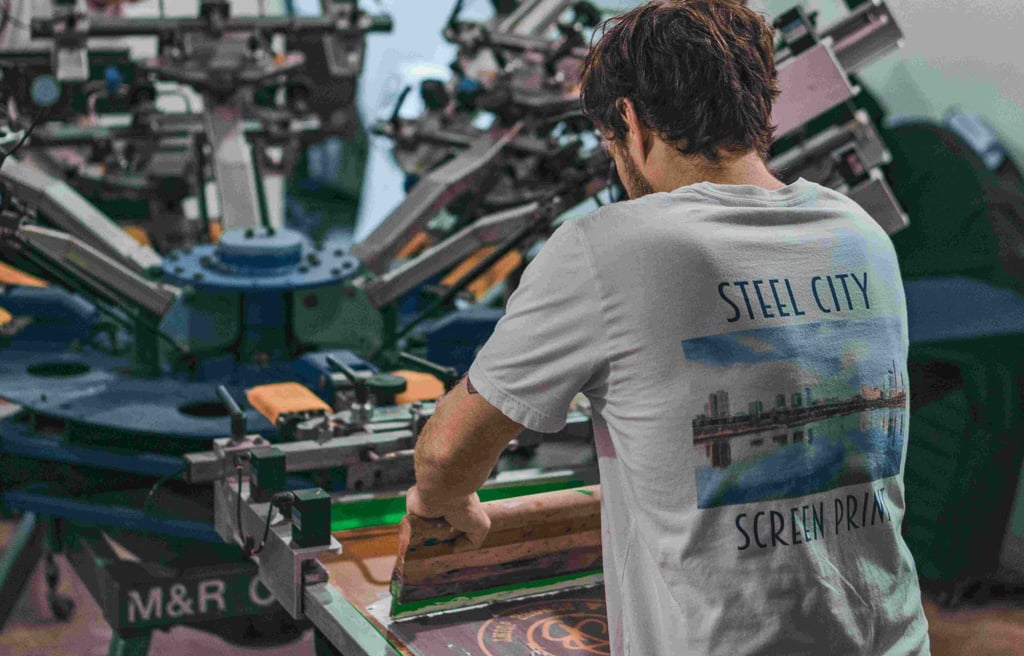

How it works: Picture a giant stencil party. Ink gets squeegeed through a mesh screen onto fabric. Each color needs its own screen, like layers in a Photoshop file.
Best for: Bold logos, band merch, or anything that needs to scream “I AM HERE.”
Vibes: Retro-cool, like your favorite concert tee from 2005 that still looks fire.
Pros:
Cheaper than avocado toast for big orders.
Colors pop harder than a TikTok dance trend.
Survives apocalypse-level laundry days.
Cons:
Not for detail snobs (fine lines? gradients? Nope).
Setup costs = ouch for tiny batches.
Hot tip: Use it for cotton tees, hoodies, or tote bags. Polyester? It’ll ghost you.
1. Screen Printing: The T-Shirt Titan
2. Sublimation Printing: The Polyester Whisperer
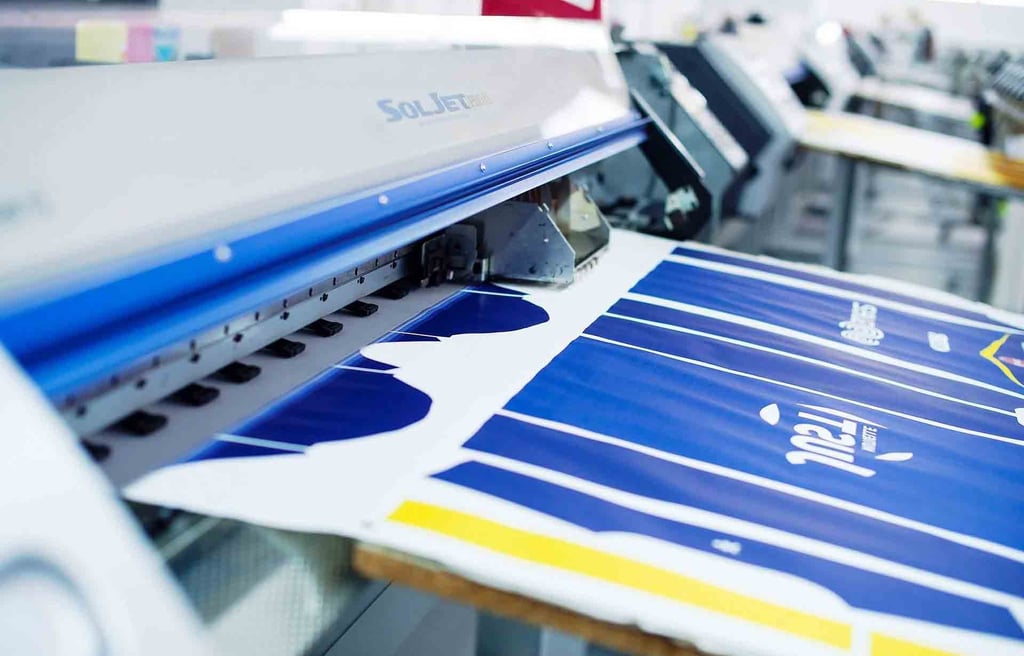

How it works: Dye turns into gas (like a color genie) and bonds with polyester fibers. Poof! The design becomes part of the fabric.
Best for: Sportswear, swimsuits, or anything that needs to survive CrossFit and Instagram.
Vibes: Neon-bright, seamless patterns (think galaxy leggings or tropical shirts).
Pros:
Fade-proof, crack-proof, life-proof.
All-over prints? No problem.
Cons:
Cotton? It’ll laugh in your face.
Costs more than a Netflix subscription for small runs.
Hot tip: White polyester = bestie. Dark fabrics? Not so much.
3. Heat Transfer: The DIY Darling
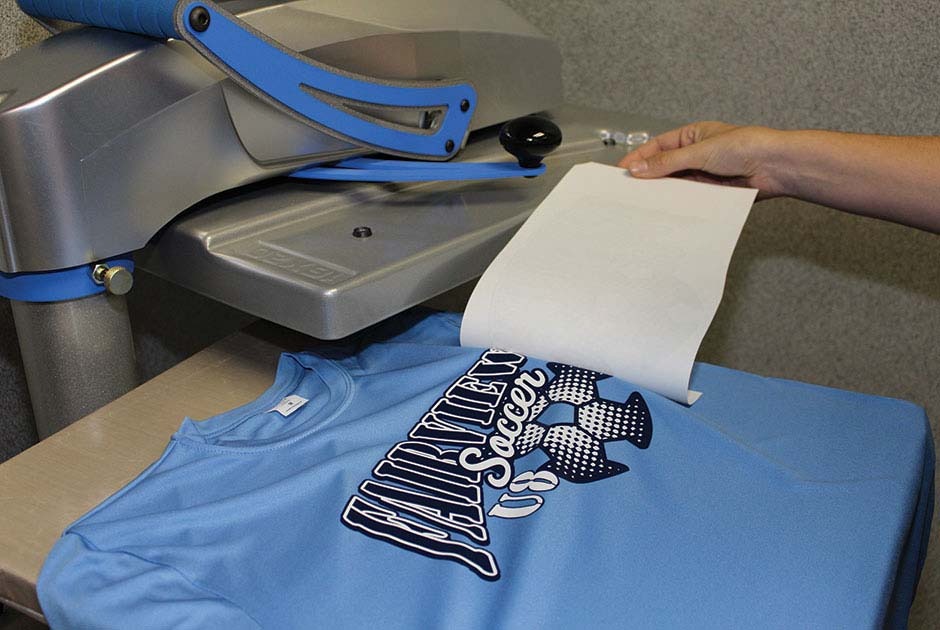

How it works: Print your design on special paper or vinyl, then iron it on like a rebellious sticker.
Best for: Small batches, last-minute gifts, or testing designs before committing.
Vibes: “I made this in my garage and it’s kinda awesome.”
Pros:
Full-color photos? Yes. Glitter? Also yes.
No minimum orders (great for side hustles).
Cons:
Peels like a sunburn after too many washes.
Feels plasticky (not ideal for soft snuggles).
Hot tip: Use it for hats, bags, or patches. For tees? Eh, keep it as a fling, not a marriage.
4. Direct-to-Garment (DTG): The Artist’s BFF
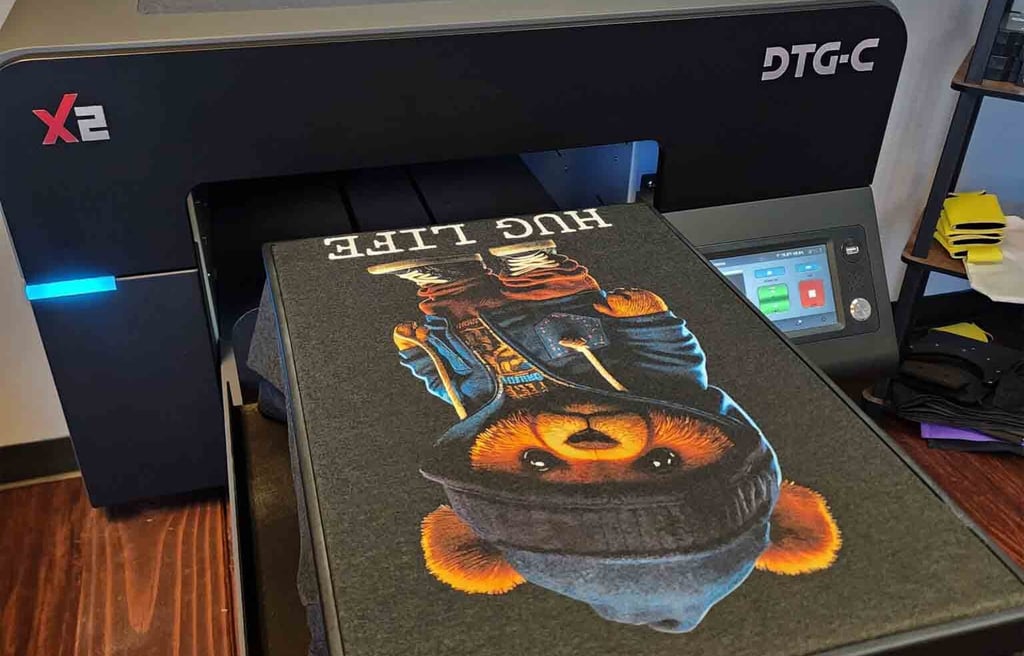

How it works: A giant inkjet printer goes brrrrr directly onto fabric. Think of it as a tattoo for your shirt. Best for: Photorealistic art, watercolor vibes, or designs that need 10,000 colors.
Vibes: Soft, breathable, and aesthetic.
Pros:
No setup fees! Great for “I only need 5 shirts, please.”
Eco-friendly inks (Mother Earth approves).
Cons:
Slower than a sloth on melatonin.
Hates polyester (it’s a cotton elitist).
Hot tip: Pretreat dark fabrics first, or your design will look like a sad ghost.
5. Direct-to-Film (DTF): The Overachiever


How it works: Print on a crispy plastic film, sprinkle magic powder, heat-press it onto any fabric.
Best for: Mixed fabrics (cotton-poly blends, denim, even leather).
Vibes: “Why choose one fabric when you can have them all?”
Pros:
Vibrant colors, stretchy prints, and dishwasher-safe durability (okay, not really).
No fabric discrimination here.
Cons:
Feels slightly thicker than DTG (like a light sweater).
Hot tip: Use it for gym gear or kids’ clothes—it laughs at sweat and tantrums.
6. High-Density & Puff Printing: The Drama Queens
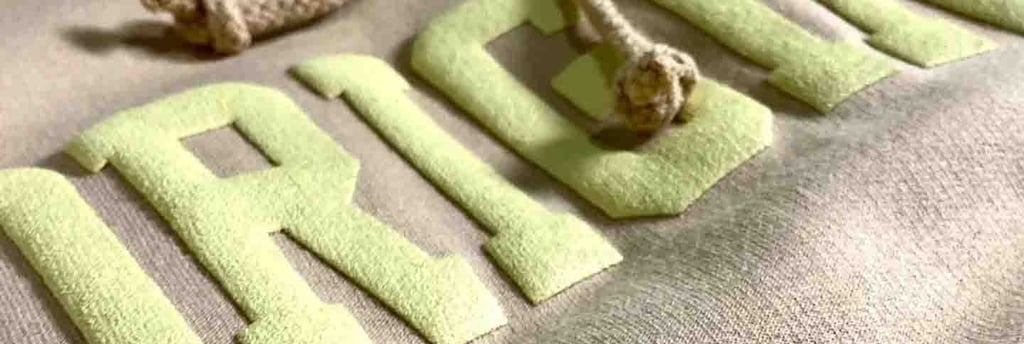


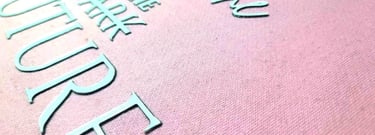
High-Density: Thick ink layers = raised, rubbery textures. Perfect for logos that yell, “TOUCH ME!”
Puff Printing: Ink puffs up like a soufflé when heated. Ideal for adding oomph to sleeve designs.
Best for: Streetwear, hoodies, or anything that needs a 3D flex.
Vibes: “I’m not just a shirt—I’m a statement.”
Cons:
Costs more than your monthly coffee budget.
Keep designs simple, or it’ll look like a kindergarten art project.
7. Flock Printing: The Velvet Vixen
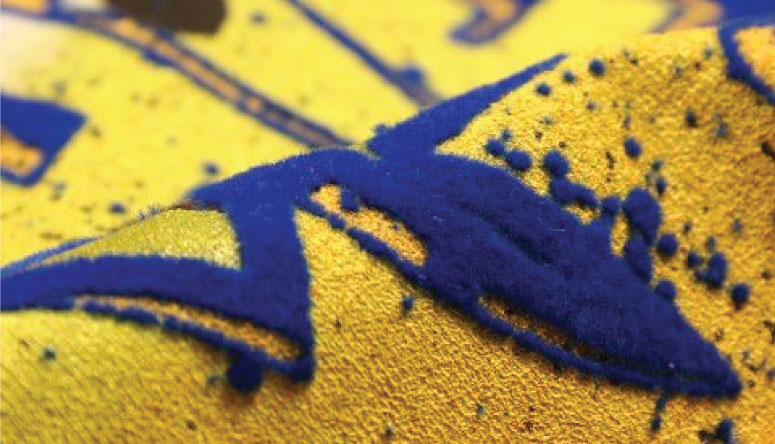

How it works: Glue + tiny fibers = a design that feels like a cuddly chinchilla.
Best for: Logos, text, or accents on hoodies, hats, or jackets.
Vibes: Fancy-pants luxury (but make it cozy).
Pros:
Soft AF. Customers will pet your shirts.
Adds a “premium” price tag vibe.
Cons:
Not for full-coverage designs (it’ll shed like a cat).
Hot tip: Use black flock on black fabric for secret luxury vibes.
8. Foil Printing: The Sparkle Queen
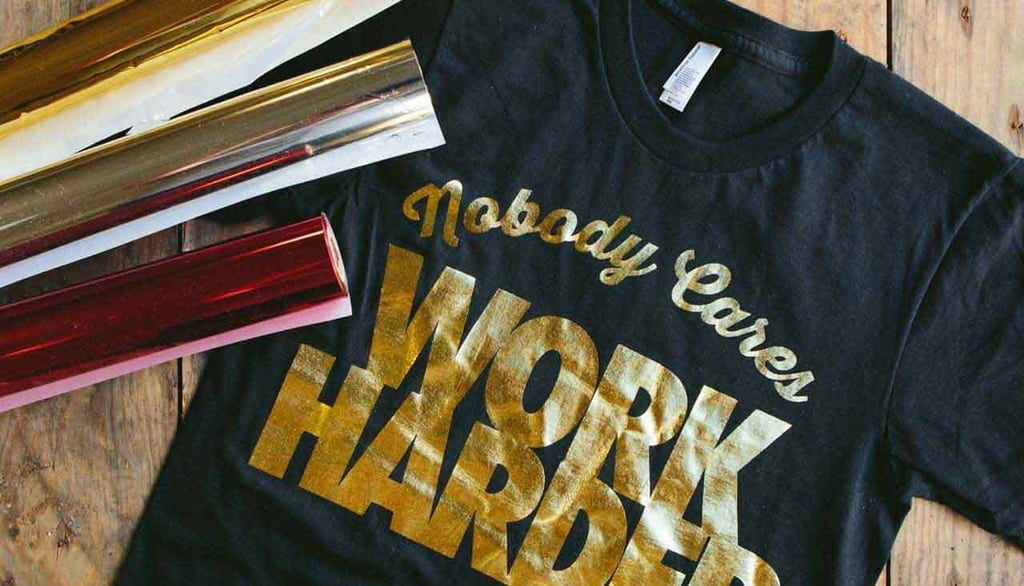

How it works: Heat-press metallic foil onto adhesive ink. Instant ✨bling✨.
Best for: Partywear, festival gear, or anything that needs to outshine the sun.
Vibes: “I’m here to slay, not to stay (subtle).”
Pros:
Gold, silver, holographic—yes.
Eye-catching enough to stop traffic.
Cons:
Delicate. Hand-wash only (or risk a glittery tragedy).
Hot tip: Pair foil with black fabric for maximum drama.
9. Reactive & Water-Based Inks: The Eco Warriors
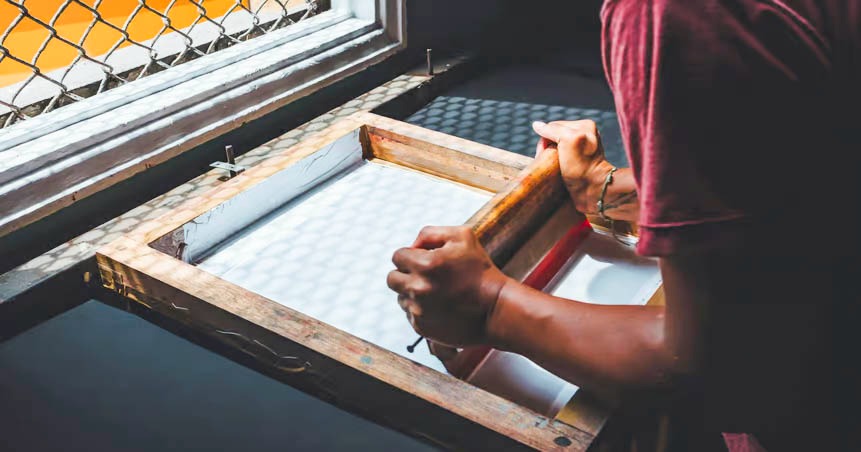

Reactive Dye: Bonds with cotton like soulmates. Colors stay vivid through 100 washes.
Water-Based Ink: So eco-friendly, it probably composts. Feels softer than a cloud.
Best for: Sustainable brands, organic cotton tees, or hippie-chic loungewear.
Vibes: “I love the Earth, and the Earth loves me back.”
Cons:
Reactive = pricey and slow.
Water-based inks hate dark fabrics (they’re shy).
10. Cracking Ink: The Vintage Wizard
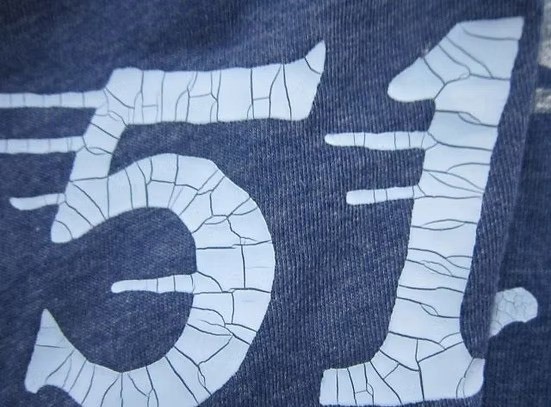

How it works: Ink cracks on purpose, giving designs a “found in a thrift store” vibe.
Best for: Retro brands, grunge lovers, or shirts that tell a story.
Vibes: “I didn’t steal this from my dad’s closet… or did I?”
Cons:
Not for perfectionists (cracks are unpredictable).
Hot tip: Use it sparingly—like salt on fries.
11. Block Printing: The OG Craft
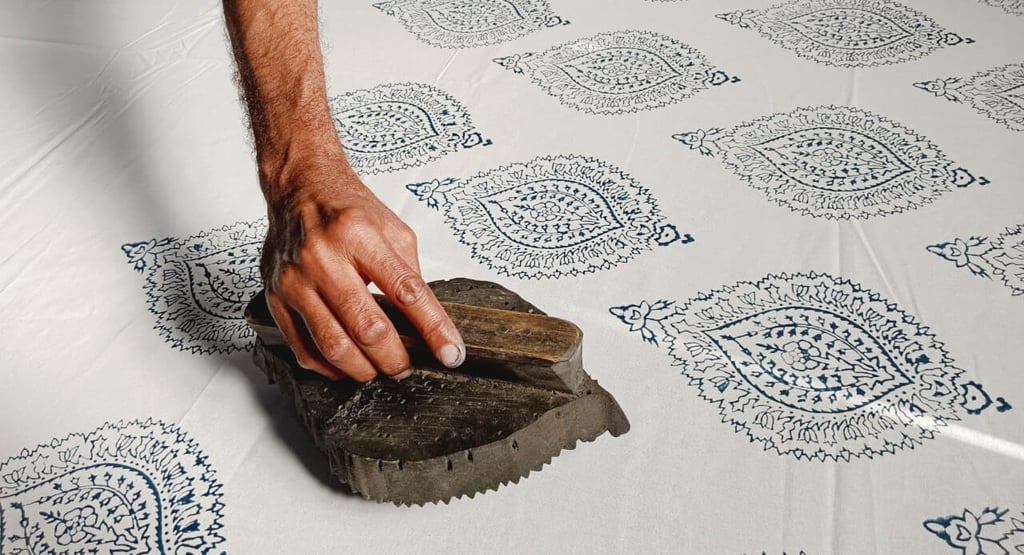

How it works: Hand-carve a design into wood, dip it in dye, stamp it like you’re sealing a medieval scroll.
Best for: Artisanal brands, cultural designs, or folks who love imperfections.
Vibes: “Each piece is unique, like a snowflake… but cooler.”
Cons:
Slower than dial-up internet.
Labor costs = yikes.
How to Choose? Pretend You’re on a Dating App:
DTG: “Looking for a deep, artistic connection.”
Screen Printing: “Seeking a long-term partner for bulk orders.”
Foil: “Here for a good time, not a long time.”
Final Pro Tip: Mix techniques! Foil accents on a screen-printed tee? Chef’s kiss.


